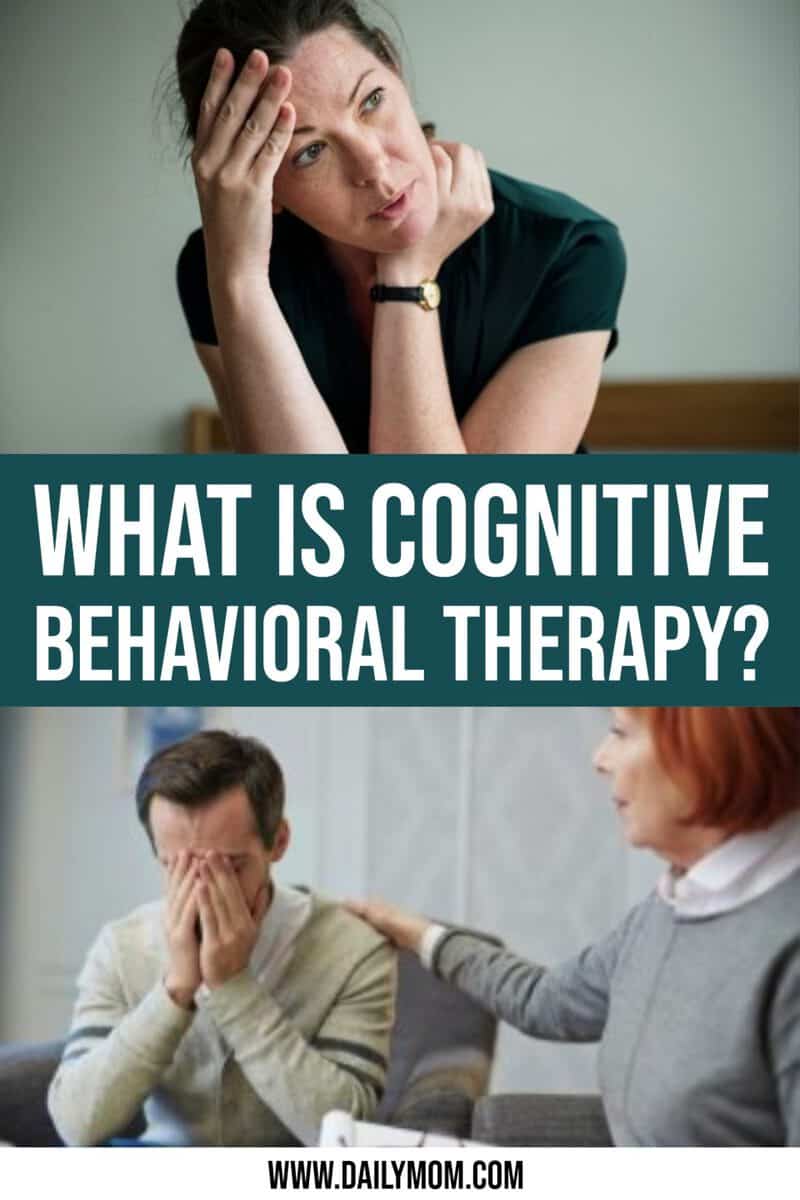What is Cognitive Behavioral Therapy? Also known as CBT, this type of psychotherapy is a talk therapy. Meeting with a mental health counselor a limited number of times can help the person receiving care be aware of their thought process and whether it is postive, negative, or self-defeating. This way, when a person is aware of their thoughts, challenging situations may be responded to in a more effective way.
One can use Cognitive Behavioral Therapy along with other therapies or alone, but it is usually best when combined with other treatments or appropriate medication. CBT is used to treat a number of mental health disorders such as Post Traumatic Stress Disorder, Depression or eating disorders. Though CBT is used to help those with mental health related issues, it can benefit those who may need help managing stressful life situations as well.

Why is Cognitive Behavioral Therapy Used?
Cognitive Behavioral Therapy is the preferred type of psychotherapy. This is because it can quickly help an individual identify and cope with specific challenges. This type of therapy usually requires less sessions than other therapies as it is done in a structured way. CBT is also a great therapy option for those who deal with emotional challenges.
Cognitive Behavioral Therapy may benefit the following people:
- Those who need help managing symptoms of a mental illness.
- Those who need to learn coping techniques in stressful life situations.
- Those who need to learn how to manage emotions.
- Those coping with losses or overcoming emotional trauma.
- Those living with mental health disorders, including but not limited to Depression, Anxiety, Phobias, Eating Disorders, Obsessive Compulsive Disorder, Substance Use Disorder, Bipolar, Schizophrenia and Sexual Disorders.
All of these issues can be easily addressed in therapy sessions where the therapist will help one learn coping mechanisms and new thought processes to overcome these situations.

What to Expect at Cognitive Behavioral Therapy
Cognitive Behavioral Therapy may either be done as a one-on-one session or in a group of those dealing with similar situations. This therapy can even be done together with family members if there is an issue among them that needs to be treated. CBT oftentimes includes learning about one’s mental health condition. This helps the therapist know which coping strategies and techniques the patient may need so that they can practice these outside of the sessions. Some techniques used are relaxation, stress management and assertiveness.
What Happens During a Cognitive Behavioral Therapy Session?
In a cognitive behavioral therapy session, the therapist encourages the patient to talk about their thoughts and feelings to see what exactly is troubling them. CBT is goal oriented so the therapist may assign ‘homework.’ This can include activities, reading or practices that build on what was learned during the therapy session. This helps encourage the patient to apply what they learned during the session into their daily lives.
Each individual’s approach is different and the therapist may combine CBT with other therapeutic approaches. It works best if the patient is an active participant and shares in the decision making process. This way, both the patient and the therapist can agree on what the patient’s larger issues may be and how they are going to tackle them.

Steps Taken in Cognitive Behavioral Therapy
“Be able to identify the troubling situations or conditions in ones life.” This could include issues such as a medical condition, grief, anger or divorce. The therapist and patient work on finding specific goals they should focus on.
“Be able to become aware of thoughts, emotions and beliefs about these problems.” Once the problem is identified, the therapist will encourage the patient to share their thoughts about it. This includes the patient’s beliefs and interpretations of the specific situation. The therapist observes what the patient and what they believe about the situation and the problems surrounding them. Many therapists will suggest keeping a journal of one’s thoughts, emotions, and beliefs.
“Be able to identify negative or inaccurate thinking.” The therapist will help the patient recognize their thinking patterns and behaviors that could contribute to their underlying mental health issue. The therapist will ask the patient to pay attention to physical, emotional, and behavioral responses they experience in different situations.
“Reshape negative or inaccurate thinking.” The therapist will tell the patient to ask themselves if they view the situation based on facts or an inaccurate perception of what is really going on. With practice and coping techniques, new behavior patterns and helpful thinking will hopefully emerge and become a habit.

What is the Length of Cognitive Behavior Therapy?
Cognitive Behavioral Therapy is usually considered short-term. It can range between 5-20 sessions depending on the individual and reason why they are seeking help. Different factors that help the therapist determine the length of therapy include the type of situation or disorder, the severity of their symptoms, how long they have been experiencing and dealing with symptoms. An individual’s stress levels and the level of family support are also a huge factors in determining the length of their cognitive behavioral therapy.
What is Cognitive Behavioral Therapy?
Cognitive Behavioral Therapy is meant to help those in need of changing their thought processes in regard to their situation. It is not effective for everyone who tries it, but for those who take the necessary steps and try to get the most out of it, one can better themselves and their life. The success of the therapy depends on the patient. They must be open and honest, willing to share their thoughts, feelings, and experiences, as well as being open to new ways of doing things.
This type of therapy works best if the patient sticks to their treatment plan as hard as it may seem at times. Doing the ‘homework’ given between sessions helps one apply what they learned as well as really instill these new habits and thought processes into their thinking and way of life. If the patient feels there is no improvement, it is best to let the therapist know so that a different approach may be taken. Lastly, one should never expect instant results. As with anything and everything, it takes time and patience to experience serious change.
WANT TO READ MORE?
Check out this article on HOW STRESSED PARENTS IMPACT A CHILD.

Photo Credits: Everyday Health, New Skills Academy, Bridges to Recovery, Healing Springs Ranch, The Conversation
Sources: Cognitive Behavioral Therapy









































